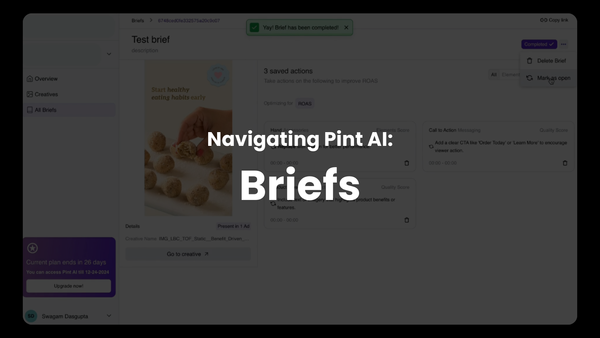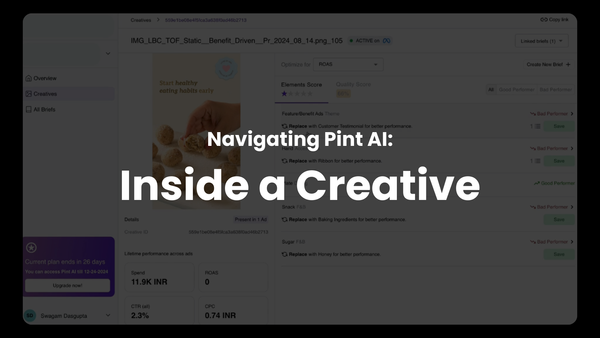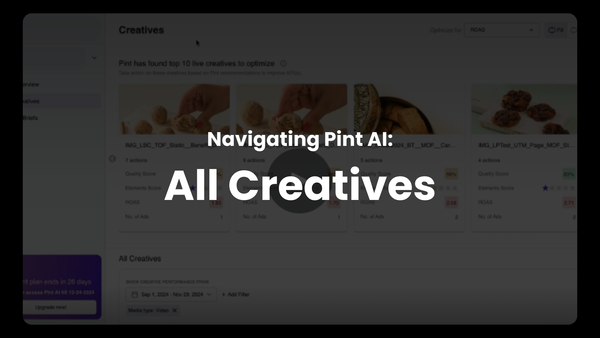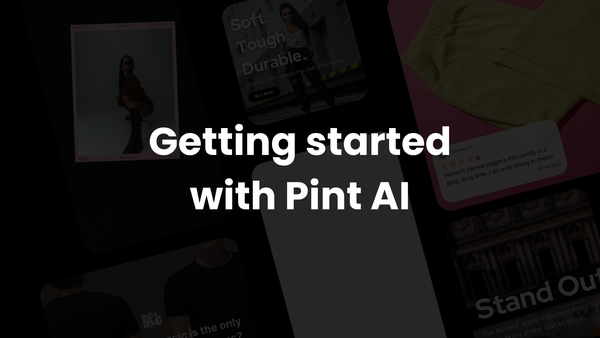Creative Analytics 101: Using Logos The Right Way Can Boost Your Ad Creative Performance
Something as small as logo placement in your ad creative can have a huge impact on your performance. Here's how
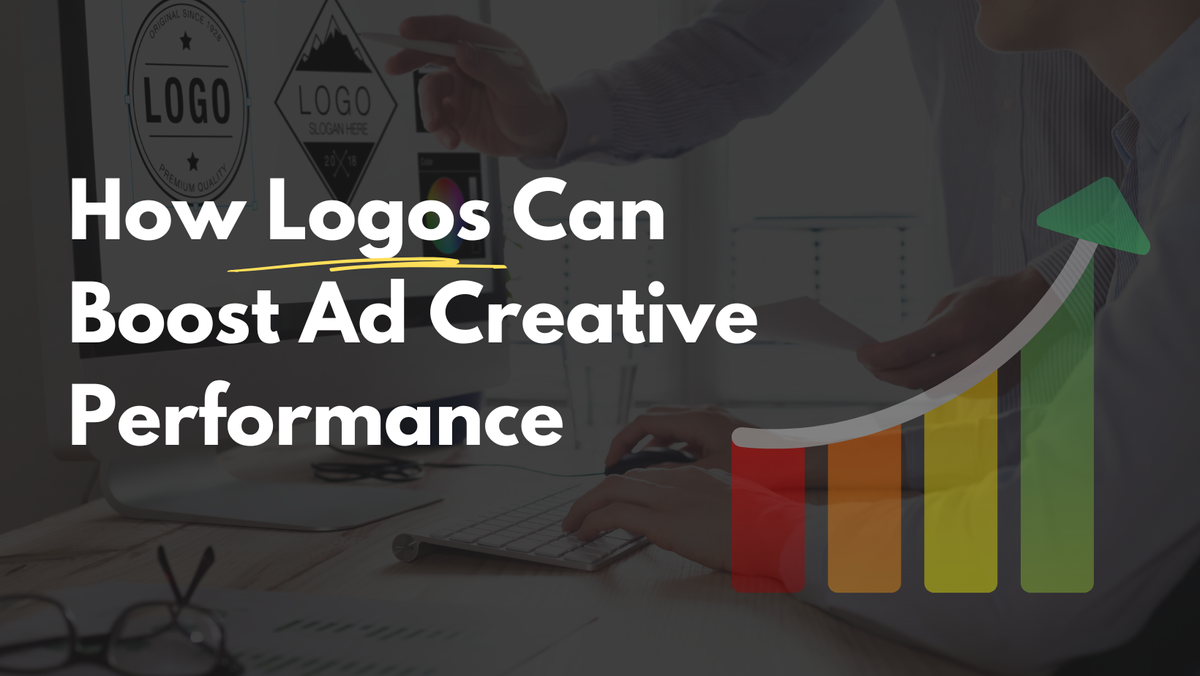
The smallest details can significantly influence ad performance. One crucial aspect often overlooked is the strategic use of logos within ad creatives.
The size, timing, and positioning of logos can impact key performance metrics, including brand recall, engagement, and conversion rates.
This post explores how these elements affect ad performance and provides practical insights backed by research and best practices.
Importance of Logos in Digital Ads
Logos are a fundamental component of brand identity. They serve as visual symbols that help consumers recognize and remember a brand.
Effective use of logos in digital ads can reinforce brand messaging, increase brand awareness, and drive consumer actions. However, the effectiveness of logos depends on how well they are integrated into the ad creative.
The Impact of Logo Size
The size of the logo in an ad is crucial for ensuring that the brand is visible and recognizable. A logo that is too small might be overlooked, reducing its impact on brand recall.
Conversely, a logo that is too large can dominate the ad space, potentially distracting from the main message or product being advertised.Studies have shown that logo visibility significantly affects brand recall and recognition.
For instance, a study by Nielsen found that 47% of brands’ sales lift from advertising came from the quality of the creative, which includes logo placement and size. Another study highlighted that viewers are more likely to remember ads with logos that are prominently displayed but not overwhelming.
Best Practices for Logo Size:
- Proportionate Size: Aim to make the logo occupy around 10-15% of the total ad space. This ensures that it is noticeable without overshadowing other important elements.
- Scalability: Ensure the logo is scalable across various devices and screen sizes to maintain its visibility and impact.
Examples:
- Coca-Cola: Known for its consistent and effective logo use, Coca-Cola’s ads often feature the logo prominently but proportionately, ensuring it complements the overall ad design rather than dominating it.
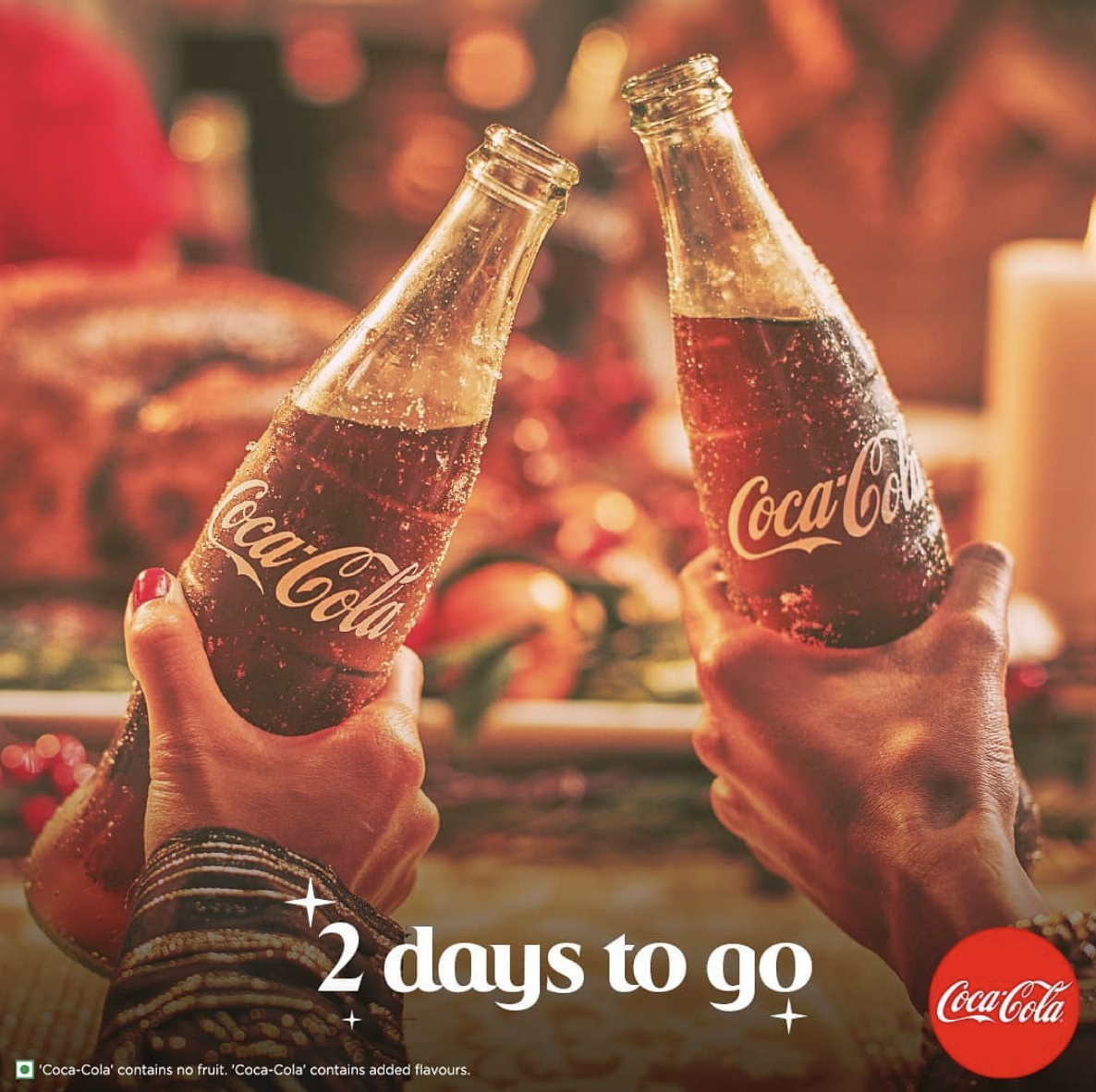
- Nike: Nike’s swoosh logo is typically displayed at a size that makes it immediately recognizable without detracting from the ad’s main visual elements or message.
The Timing of Logo Appearance
In video ads, the timing of when the logo appears is crucial for maximizing brand recall and engagement. Research suggests that including the logo at both the beginning and the end of a video can significantly enhance brand recall.
However, it’s important to avoid overexposure, which can lead to viewer fatigue.
A study by Facebook found that ads with logos appearing within the first three seconds of the video had higher brand recall than those that introduced the logo later. Another study by Google indicated that ads featuring the logo in the first five seconds and again at the end were more effective in maintaining viewer attention and improving brand recall.
Best Practices for Logo Timing:
- Intro and Outro Placement: Include the logo within the first three seconds to establish brand identity quickly. Reinforce brand recall by featuring the logo again at the end of the video.
- Short and Impactful Display: Keep the logo display concise to maintain viewer engagement without causing fatigue.
Examples:
- Apple: In its video ads, Apple typically shows the logo at the very end, ensuring that the brand is the last thing viewers see, which reinforces brand recall.
- GEICO: GEICO often places its logo and mascot at both the beginning and the end of its ads, enhancing brand recognition and recall.
The Positioning of Logos
The positioning of the logo within an ad can influence its effectiveness. Logos are commonly placed in the corners of the ad to ensure they are visible but not intrusive.
The top-right corner is particularly favored, as it aligns with natural reading patterns in many cultures.
A study by Nielsen Norman Group found that logos placed in the top-right corner of an ad were more likely to be noticed and remembered compared to those placed in other areas. Another study indicated that consistent logo positioning across different ads helped improve brand recognition and viewer trust.
Best Practices for Logo Positioning:
- Corner Placement: Position the logo in the top-right or bottom-right corner to enhance visibility while keeping the main content center stage.
- Consistency: Maintain consistent logo placement across different ads to build a cohesive brand identity and make it easier for viewers to recognize the brand.
Examples:
- Google: Google often places its logo in the top-right corner of its ads, ensuring it is visible without detracting from the primary content.
- McDonald’s: McDonald’s uses consistent logo placement in the bottom-right corner of its ads, reinforcing brand identity and recognition.
Combining Size, Timing, and Positioning
Holistic Approach:
For optimal performance, it’s essential to combine these elements thoughtfully. The logo’s size, timing, and positioning should work together to create a cohesive and engaging ad.
For instance, a moderately sized logo placed in the top-right corner and appearing at strategic points in a video can significantly enhance brand recall and engagement without detracting from the ad's primary message.
A/B Testing:
Conduct A/B testing to determine the most effective combination of logo size, timing, and positioning for your specific audience. This approach allows you to gather data on what works best and refine your strategies accordingly.
Advanced Techniques and Insights
Leveraging AI and Machine Learning:
Advanced technologies like AI and machine learning can provide deeper insights into optimal logo usage.
AI can analyze large datasets to identify patterns and recommend the best size, timing, and positioning for logos based on audience preferences and behaviors.
Tools like ours at Pint AI help you do exactly this! Sign up for our waitlist today.
Personalization:
Personalized ads that adapt the logo size, timing, and positioning based on user data can enhance relevance and engagement. For example, dynamically adjusting the logo placement based on the viewer’s device or viewing context can improve the ad experience.
Consistency Across Platforms:
Ensure that logo usage is consistent across all digital platforms, including social media, display ads, and video ads. This consistency helps build a strong, recognizable brand identity that audiences can easily identify.
Conclusion
Optimizing the size, timing, and positioning of logos in digital ad creatives can significantly enhance ad performance.
By ensuring that logos are visible but not overwhelming, strategically timed, and consistently positioned, marketers can improve brand recall, engagement, and overall ad effectiveness.
Utilizing best practices, conducting A/B testing, and leveraging advanced technologies will help in creating ads that resonate with audiences and drive better results.
By leveraging these insights, brands can create more effective and impactful digital ad campaigns that maximize the potential of their logo as a branding tool.


